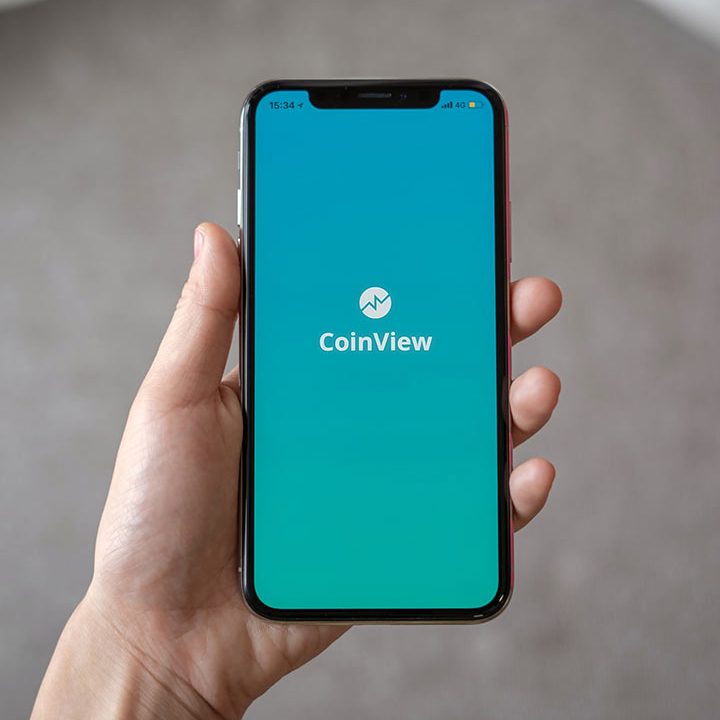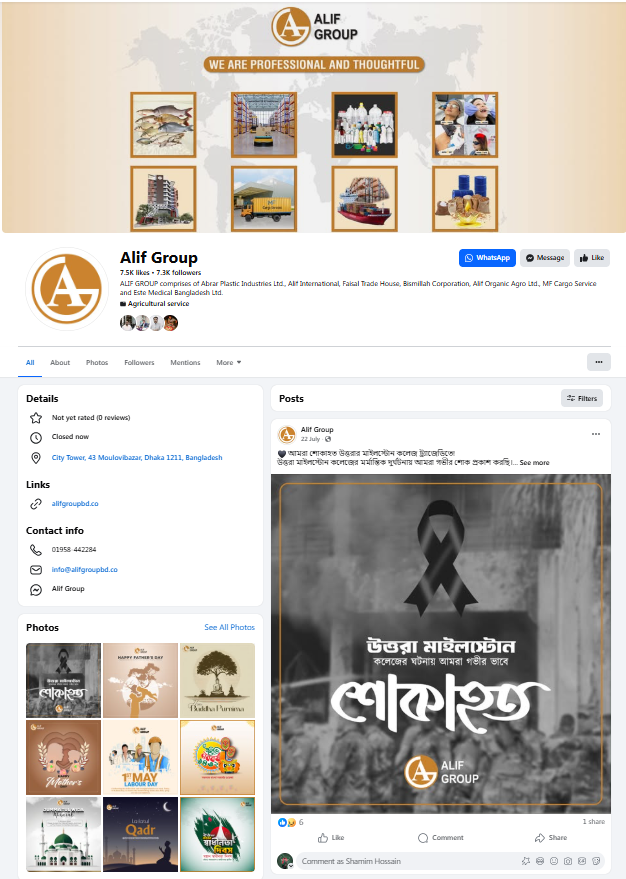Social Media & Branding
1. The Foundation: Elements of a Strong Brand Identity
A brand identity is more than just a logo; it’s the personality, promise, and public-facing look of your business. Consistency is the cornerstone—it must be the same across your website, product, and especially, social media.
| Element | Description | Social Media Application |
| Brand Purpose & Values | Your “why” (mission) and the principles you stand for (e.g., sustainability, innovation, community). | Showcase your values through transparent, behind-the-scenes content or aligning with relevant social causes. |
| Brand Voice & Personality | The tone and language you use (e.g., professional, witty, empathetic, casual). | Maintain the exact same tone in all captions, replies to comments, and customer service interactions. |
| Visual Identity | Your logo, color palette, and typography. | Use a consistent filter, design template, and color scheme on all photos, videos, and stories across every platform (Instagram, LinkedIn, X, etc.). |
| Brand Positioning | How you differentiate yourself from the competition and what makes you unique. | Clearly articulate your Unique Selling Proposition (USP) in your bios and highlight content that proves it. |
2. The Power: How Social Media Shapes Perception
Social media has fundamentally changed brand building because it’s a two-way conversation and gives consumers the power to shape the narrative.
-
Transparency and Authenticity: Consumers crave “real” content. Brands that share their failures, admit mistakes, and show the human side of their business build far more trust than those that only post polished ads.
-
User-Generated Content (UGC): Content created by your customers (photos, reviews, testimonials) is one of the most powerful trust signals. People trust their peers more than they trust the brand itself.
-
Customer Service & Engagement: The speed and quality of your responses to comments and direct messages dramatically influence brand perception. Quick, personalized, and empathetic engagement turns followers into loyal advocates.
-
Real-Time Feedback: Social media is a constant focus group. Monitoring conversations (social listening) allows brands to spot trends, address crises immediately, and adapt their products or services based on customer sentiment.
3. The Strategy: Key Social Media Branding Trends (Current)
To succeed today, brands must adapt to the latest platform behaviors and algorithmic priorities:
| Trend | What it Means for Your Brand | Key Platforms |
| Short-Form Video Dominance | Quick, entertaining, and informative videos (usually under 60-90 seconds) deliver the highest organic reach and engagement. | TikTok, Instagram Reels, YouTube Shorts |
| Community Building | Success is moving away from vanity metrics (likes/followers) to creating niche communities where users feel included, valued, and can interact with each other. | Facebook Groups, Private Discord/Slack Channels, LinkedIn Groups |
| Social Commerce (Shopping) | Streamlining the path from discovery to purchase, allowing users to buy products directly within the app. | Instagram/Facebook Shop, TikTok Shop, Pinterest |
| Authentic Storytelling | Polished, expensive content is out. Raw, relatable, “unhinged,” and “behind-the-scenes” content performs better because it humanizes the brand. | All platforms |
| AI Integration | Marketers are using AI to automate content analysis, suggest personalized content topics, and streamline scheduling/reporting across channels. | Content creation tools, scheduling platforms |









